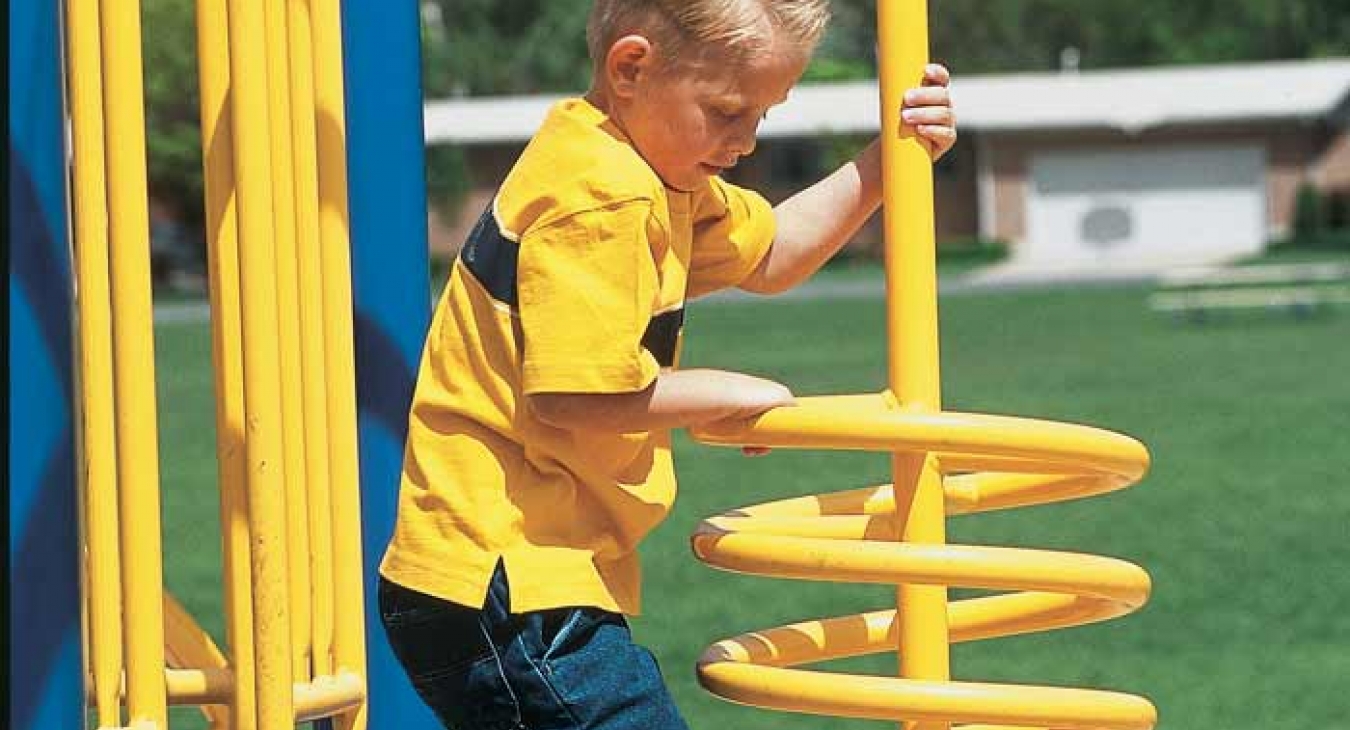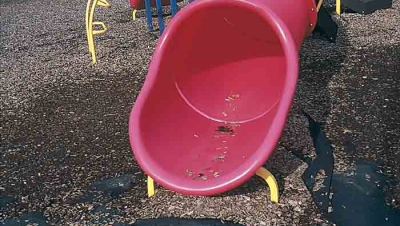Children should play an important role too
Being a kid is one of the greatest gifts we have in life. The joy, frustration, and growth that occur from the ages of two to twelve years old help develop the characteristics that we exercise as adults.
Most people have fond memories of their time spent at the playground. The good memories are mixed with the bad, like watching a bully beat up your friend, a broken bone and a visit to the emergency room, crosswords between friends, or feeling shamed by an adult.
Experiences at the playground are as unique to a child as their personality and playgrounds perspectives are unique to each community. One small town may not value playgrounds and play spaces while another town of equal size may see real value in providing places for children, families, and friends to congregate. And certainly, each park and play area has its own unique characteristics.
Playground safety, when approached from the angle of design, manufacturing, location, and user needs can create a nearly perfect play area, open to real experiences and small triumphs. The little people visiting our playgrounds should not have to worry about being safe. But yet, should they have a responsibility to be aware of their part in maintaining a safe activity?
Playground experiences also follow some of the same formulas based on potential playground hazards. We have determined through our own experience, as practitioners of playgrounds, there are three hazard indicators. They are the equipment, the environment, and user behavior. Addressing these three areas requires theory and discussion beyond the equipment itself.
While it is our duty as designers, manufacturers, builders, and owners to identify and eliminate playground hazards, there is a great potential for the development of injury prevention information that is supported by case studies and documents that address potential hazards of the equipment and beyond.
In addition to inherent hazards of play such as tripping and falling, children need to be taught about safety surfacing, protrusions, entrapments, and things that can relate directly to the play equipment.
Behavioral issues are not usually associated with safety hazards at the playground but these issues do require knowledge on a child’s part. They include but are not limited to, bullying, stranger danger, peer pressure and what to do in the event of an emergency. The standard of care for playground safety extends to teaching prevention to users of our playgrounds, the children.
Parents, concerned adults, playground supervisors, and educators have some excellent resources available. The National Playground Safety Institute, (NPSI) helps determine design, construction, and maintenance safety criteria. The National Program for Playground Safety, (NPPS) offers adult education to supervisors and supplementary education to the NPSI program. The International Playground Equipment Manufacturers Association (IPEMA) and The National Playground Contractors Association (NPCA) are also nationally recognized organizations whose focus is to educate and provide information for a better-built playground and safe play.
Slyde The Playground Hound is a new injury prevention program that fully addresses playground hazard indicators and is specifically designed to educate children.
Local planning and zoning departments are also the good resources for information on hazards outside of the bounds of the equipment itself. Input from the fire and police departments and local service clubs or medical organizations such as the American Orthopedic Surgeons Association are worthy of note. Each has a perspective on children and child safety that you can include in your playground planning. And lastly, the entity who will be maintaining and supervising the play area should be trained to provide consistent and reliable playground services.












Add new comment